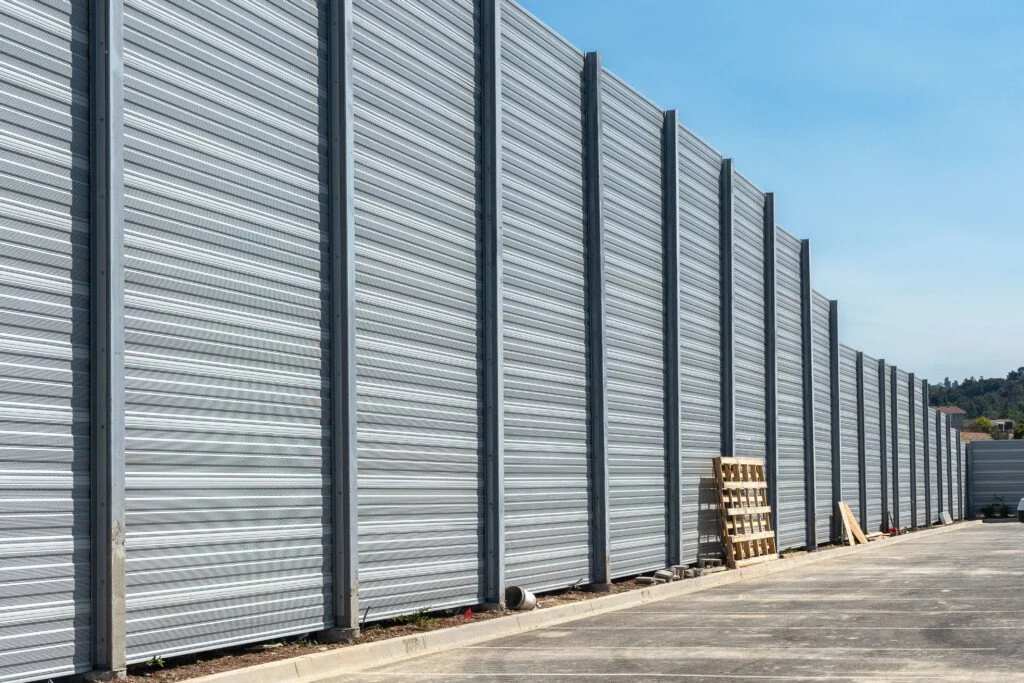Acoustic Barriers A Solution for Noise Pollution
In our rapidly urbanizing world, noise pollution has emerged as a significant environmental concern. Cities continue to grow, and with that growth comes an increase in traffic, construction, and industrial activities, all of which contribute to rising noise levels. This persistent clamor not only affects the quality of life for residents but also poses serious health risks, including stress-related illnesses and sleep disturbances. To combat this issue, acoustic barriers have gained prominence as an effective solution in mitigating unwanted noise.
Acoustic barriers, also known as sound walls or noise barriers, are structures specifically designed to reduce noise pollution. They are typically constructed from materials that absorb or reflect sound waves, thereby minimizing the impact of noise on surrounding areas. These barriers are often used along highways, railways, and industrial sites to shield residential neighborhoods from intrusive sounds, creating a more serene living environment.
One of the primary benefits of acoustic barriers is their effectiveness in sound attenuation. In areas where heavy traffic is a concern, these barriers can dramatically lower noise levels. Studies indicate that a well-constructed acoustic barrier can reduce noise by 10 to 15 decibels, which can translate to a significant reduction in perceived loudness. The design and placement of these barriers are crucial; they must be tall enough and strategically positioned to block direct sound paths while also considering the types of materials used in construction.
The materials commonly employed in the construction of acoustic barriers include concrete, wood, metal, and various composites
. Concrete barriers are favored for their durability and ability to withstand harsh weather conditions, while wooden barriers offer a more aesthetically pleasing option, blending better with natural surroundings. Additionally, modern practices have introduced the use of recycled materials in the construction of these barriers, contributing to environmentally sustainable practices.acoustic barriers

Despite their advantages, the installation of acoustic barriers does come with considerations. The initial cost can be a barrier to implementation for some municipalities or private firms, as construction and maintenance require considerable investment. However, when weighed against the long-term benefits of reduced noise pollution, improved health outcomes, and increased property values, the expense can often be justified. Moreover, the aesthetic aspects of these barriers can also be enhanced through landscaping, potentially making them a visual asset rather than just a soundproofing solution.
Furthermore, while acoustic barriers are an effective tool for managing noise pollution, they are not a panacea. Comprehensive urban planning that includes zoning regulations, traffic management, and noise control measures is critical for addressing the multifaceted issue of noise pollution. Acoustic barriers are most effective when used in conjunction with other noise reduction strategies, such as the implementation of quieter road surfaces and the promotion of public transportation.
In addition to their practical applications, acoustic barriers serve a vital role in enhancing community well-being. The creation of quieter spaces can significantly improve the quality of life for residents. With less noise, individuals are more likely to engage in outdoor activities, socialize, and enjoy time with family in their backyards. Reduced noise levels also contribute to better mental health and a greater sense of peace within communities.
In conclusion, acoustic barriers represent an essential solution for managing noise pollution in urban environments. As cities continue to expand, the need for effective noise mitigation strategies becomes increasingly vital. While challenges remain in terms of implementation and costs, the long-term benefits, including improved health and well-being, make acoustic barriers a worthwhile investment in creating more livable spaces for future generations. By addressing the noise concerns that plague modern urban life, we take a significant step towards enhancing the overall quality of life in our communities.
-
Why Galvanized Trench Cover Steel Grating Resists Corrosion
NewsJul.10,2025
-
The Versatility and Strength of Stainless Expanded Metal Mesh
NewsJul.10,2025
-
Load Calculations in Steel Grating Platforms
NewsJul.10,2025
-
Keeping Pets and Kids Safe with Chicken Wire Deck Railing
NewsJul.10,2025
-
Hole Diameter and Pitch for Round Perforated Metal Sheets
NewsJul.10,2025
-
Aluminium Diamond Mesh in Modern Architecture
NewsJul.10,2025
Subscribe now!
Stay up to date with the latest on Fry Steeland industry news.

